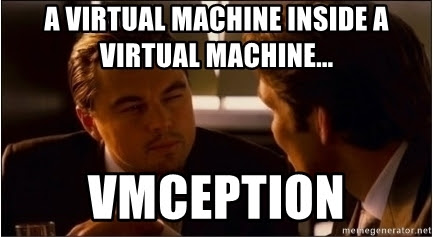PVM (Python virtual machine):
As we read in the previous blog, named Looking inside the Python code!! which was information about how exactly when a python code is written, its execution happens, in brief. So, we have the code compiled first and then it is interpreted. The compilation is been hidden from the user, as we saw information about CPython. We also referred to this in a diagram which indicated that once the Python code is compiled it is been converted to the Bytecode and then the interpreter will take this Bytecode as input and give the output which would be machine code.
If you know about how the compilation process in C works, we can relate it as the compiler after doing all the syntax analysis, Lexical analysis, and stuff, convert the code into the assembly language and then the Assembler converts this same language into the machine level language. Here PVM can be correlated to the Assembler. We will discuss the compiler in upcoming blogs.
To understand more about the PVM we need to understand its architecture.
The architecture comprises of
four important parts:
1] Compiler
2] Interpreter
3] Memory manager
4] Stack
From the above figure, let us
consider we have a file named "basics.py". This is the source file,
now the compiler will take this file and do its lexical analysis, syntax analysis,
semantics analysis, and then bytecode generation is done. Provided there are no
errors in any of the processes. In Bytecode, it can be compared to instructions in
assembly language.
Later this bytecode if we check
in any editor, it would be like garbage values as the editor won't understand the
bytecode.
After this states the interpreter
will now come in the picture.
After the generation of the
bytecode from the source code now PVM functioning will start. We have an interpreter, which will take the Bytecode and call the memory manager via some
functions or APIs and ask to create a memory object in the memory section.
Using some other API's Memory manager will create these objects. Also,
interpreter will create a stack for the execution and the memories for the
instruction set will be referenced which was the prior task of the memory manager.
So, now in the stack execution, we
have something called the Call stack. It is in the frame format with the Value stack
and Block stack being part of each frame. As we saw earlier we have a memory
manager which is responsible for making the links for a memory object. For the stack in each frame, it will have allocated memory references pointing to these
memory objects.
Let us now consider the call
stack as shown in the above figure. In a python program, we have the whole
program itself which is regarded as the Main frame. We have certain functions which
we write in this code, which form the other frames like we see in the above
figure. Frame 1, is basically the first function which is been written in the
python program file. We also have a top
for this stack, so that the program execution can happen linearly with respect
to the frame calls. Once the execution of a function is completed the frame will
be popped out. Now, inside every frame there formulates the value stack and the
block stack. Value stack is the one where variables are been operated, pushed, and popped as per the Bytecode instruction. Also known as the evaluation stack or
the data stack.
In
each frame, there's a block stack.
This is used by the frame to keep track of certain types of control structures:
loops, try and except blocks are the entries to be pushed onto the block
stack, and the block stack gets popped whenever you exit one of those
structures. This helps the frame in the execution to link to know active
execution and if it requires a certain part of the memory link. If a local or global
variable has to be accessed this can be done in accordance and the reference
from the block stack.
Frames will have a reference to the code object of the function and references to the local and global variables.
Most importantly it will have the reference to the builtins. These are the ones
that are already a part of python.
The
Object class, which happens to be the base class for all Python objects, is
defined in this module. All built-in data type classes such as numbers, string,
list, etc are defined in this module. The Base-Exception class, as well as all
built-in exceptions, are also defined in it. A Value stack and reference to the top
of the value stack, Block stack, and its reference. Exception info carriers
otherwise also known as the run time errors like type, value, and traceback
where exactly was the error occurrence. Most importantly a reference to the
previous frame, this is because, consider function1 calls function2, then after
the successful execution of the function2 the program flow must return to function1.
In
further blogs we will try to read more about the Python programming basics just
a brief overview of code implementation.






Comments
Post a Comment